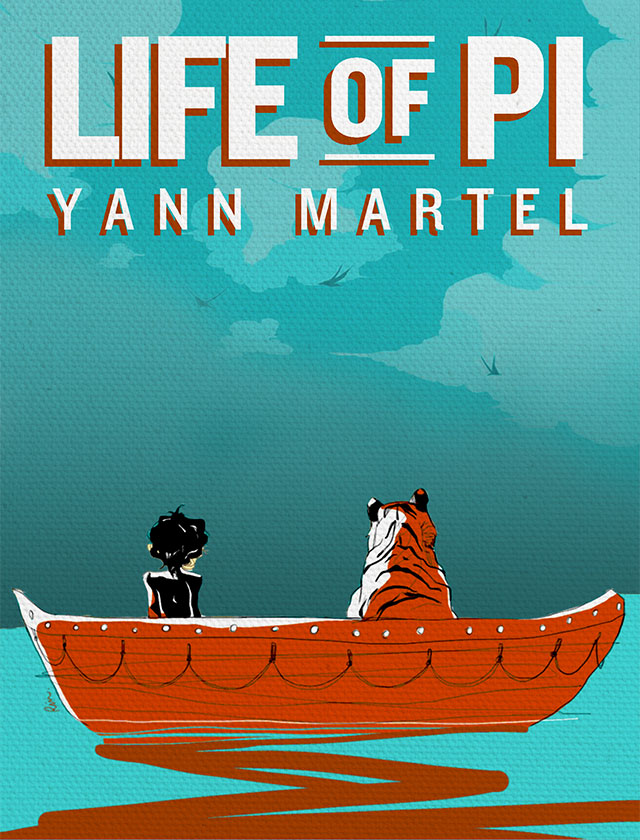Life of Pi
by Yann Martel
Symbols and Themes
The survival instinct
The novel opens with the author’s statement that “this book was born as I was hungry,” immediately conjuring an image which it will return to again and again: hunger, a motivation inextricably linked to survival. Indeed, Pi’s life as a castaway revolves entirely around survival. Given his grief and suffering over the loss of his family, Pi almost finds it surprising that he tries so hard to save himself. Thinking back on the moments just after the shipwreck, when Pi was clinging to an oar surrounded by sharks and confronted by a Bengal tiger, he thinks: “Had I considered my prospects in the light of reason, I surely would have given up and let go of the oar, hoping that I might drown before being eaten.” Reason, however, has nothing to do with the survival instinct. Pi discovers that he actually has a strong will to live, which no amount of suffering can beat out of him. This is one of the ways in which Pi resembles Richard Parker. With animals, the book suggests, we humans share a basic, inarguable survival instinct. Sometimes it leads us to behave, in fact, like animals, as in the grim case of the cannibalistic cook. Here, the line between human and animal becomes blurred. In Pi’s second version of his story, Richard Parker is not present. Instead, Pi does the things that Richard Parker did in his first version of the story. In this light, Richard Parker can be seen as a symbol of Pi’s survival instinct, the part of himself capable of doing grim and violent things in order to survive.
The necessity of storytelling
Life of Pi suggests that the act of telling stories is essential to making life endurable and, beyond that, meaningful. It is, perhaps, the thing that really separates humans from animals, enabling us to not only survive but to make meaning of our lives. As a young man, Pi is fascinated by religion. He seeks to understand the various religions by learning the stories of each one, equating story with faith. In this novel, stories...
Sign up to continue reading Symbols and Themes >